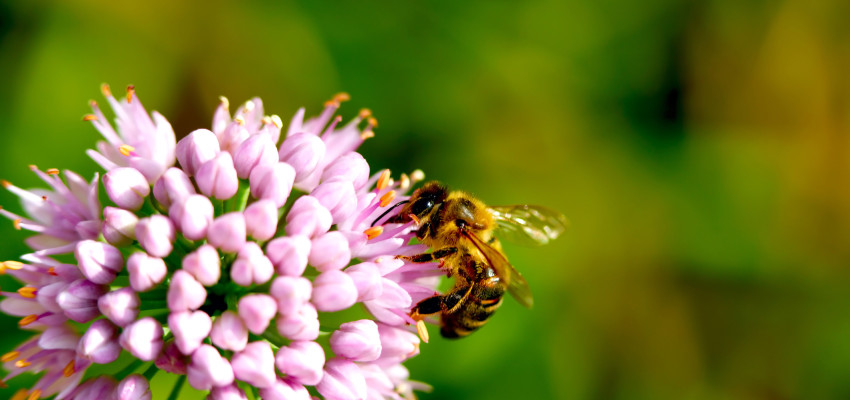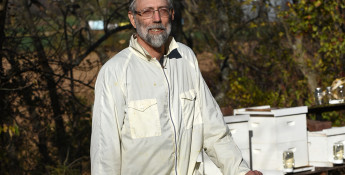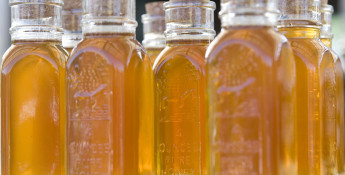By Chef Alli on June 19, 2017
Celebrate National Pollinators Month

June is National Pollinators Month, so it’s a great time to learn more about honey bees and other important pollinators that are vital to our eco-system. We rely on bees to pollinate many fruits, vegetables and nuts that the world needs for a healthy, nutritious diet. Today, pollinators are facing a shortage of access to pollen and nectar sources.
Why Should We Care That Pollinators Are Facing a Food Shortage?
If there’s a food shortage for pollinators, there could soon be a decrease in fruits and vegetables, causing a food shortage that then drives up the cost of food. Agriculture depends greatly on honey bee pollination. As an example, during the summer months, a lot of alfalfa hay is cut and baled in the heartland. Alfalfa has to be pollinated by honey bees; if pollination doesn’t take place, a hay shortage then becomes a feed shortage that could result in a food shortage. Put in these terms, it’s easy to see how this can quickly affect us.
What is Causing the Honey Bee Food Shortage?
Honey bees account for approximately 80 percent of all insect pollination in the U.S. Often people assume there’s a shortage of honey bees due to over use of pesticides when in reality, that’s only part of the cause. Parasites like the Varroa mite, viruses and bacterial diseases add to the complex Colony Collapse Disorder.
What Can Each of Us Do to Improve the Lives of Honey Bees?
Getting our hands dirty can make all the difference! Simply planting a pollinator-attractant habitat in our garden or on our deck offers great support to the health of honey bees and other pollinators.
Tips for Planting a Pollinator-Friendly Garden:
- Choose plants that are well adapted to full-sun areas in your setting. Many pollinators prefer to visit sunny locations.
- Include diverse colors, fragrances and shapes placed in bigger groupings. Bees are particularly attracted to flowers in shades of purple, blue, yellow and white. Butterflies love red and purple blooms.
- Combine flowering plants that will bloom from early spring into fall. A long, continual season of color offers a consistent food source.
- Provide fresh water. Bee colonies require and appreciate a readily available source of water.
- Grassy areas and shrubbery provide nesting areas and cover for pollinators.
- Avoid pesticide use when pollinators are active.
Whether we own several acres of land or set just a few flower pots on the porch, we can all help improve bee health simply by planting bee-attractant flowers and forage that supply them with pollen and nectar they need.




